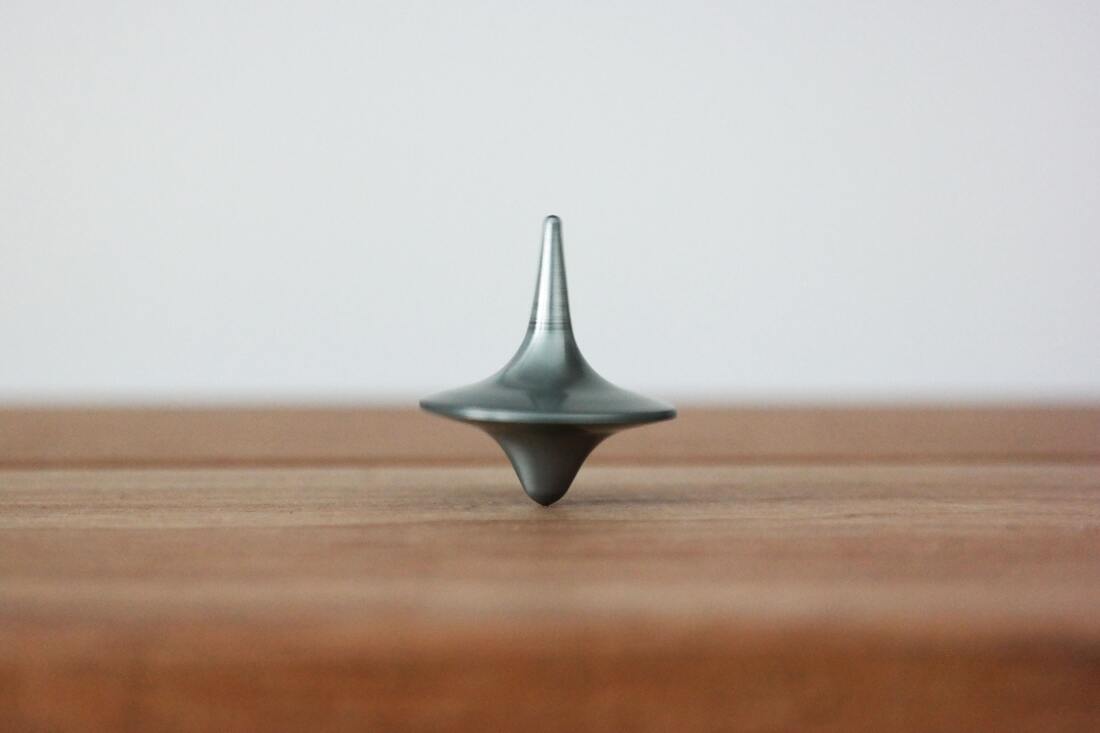|
SEARCH My Blog (Opens in new tab)
Gym machines were built for gym owners, not to help you balance
It seems that one of my quirks at the gym is that I do quite a few balance exercises. Not many others do. Like stretching, people seem to think that balance exercises are a waste of time.
This disappoints me, as those I see about me don't show signs of having good balance - I'm talking here about those over 50. If they could put their socks on while standing, I'd be very surprised. I'm disappointed because falls cut people's life short by 5 years on average.
The statistics in the US and Australia are consistent. For men and women over 65 falls are the primary cause of ER admissions. If a fall results in an injury which restricts mobility, e.g. hip fractures, then life expectancy is reduced by 5 years.
The best chance of avoiding falls is to keep your balance. You do that with exercise - or I should say the right kind of exercise. One of the great tragedies of today's gyms is that the oldies are advised to use the gym machines. Using gym machines - all expect those where you stand, such as cable machines - destroys your balance. Using gym machines disconnects your feet from your brain, disconnects your brain from your body, and down-regulates the neuromuscular connectivity needed to balance. That's why gym machines are called isolation exercise machines. Our muscles work in teams; the machines disengage those teams. Write this down: gym machines were built for gym owners. That's the long and short of it. The machines were not built to help you live longer better. To do that - you need to stand on your own two feet and be able to balance. Here's how to improve your balance. Measure your progress .. here's how
Balance seems simple enough when we are young.
As we age the degradation of our skeletal muscle mass and strength, flexibility, mobility, joint agility, reflexes and overall neuromuscular coordination leads to loss of balance. This breakdown in your balance system increases your risk of falls, which can cause hip fractures, broken bones, and head injuries. These injuries result in a shorter life. There is no consensus on the best balance exercises, and never a mention of any regular benchmark that you can apply to yourself. I have one. It's what I mentioned before. Every morning put your socks on while standing up. That's your lifetime measure of how well your balance is. You will feel yourself improve when you do balance exercises. Here are four exercises that I recommend. Four exercises, 10 minutes
1. Unweighted high leg raises
Stand with your feet shoulder-width apart. Raise your right knee as high towards your chest as you can - slowly. Then push down and under with your right foot, keeping a bent leg, and extend your right foot straight behind you. Get your leg outstretched behind you as parallel to the floor as you can manage (at least get that feeling even if it not parallel). Then slowly bring your knee back while placing your foot back towards the ground but not on the ground. Hold it off the floor. Repeat the movement 10 times slowly, and then change to the left leg. 2. Heel and calf raises Stand with your arms crossed over your chest and lift your heels, so you rise on your toes. If you can find a step even better, and let your heels descend down to extend the movement. It will also require more attention to balance if you are hanging over a step. (Alternatively have one foot resting on a higher step and exercise the one on a lower step - up and down - this is what I do.) Hold the high position for 20 to 30 seconds, and then lower your heels. Do this five to 10 times. 3. Single leg deadlifts Stand with your feet together, and stabilise your left leg firmly through your foot. Slide your right leg back behind you until it is slightly hovering off the ground. Push a little down through the right heel. Then, while maintaining a flat back with squared hips and shoulders, inhale a breath and begin to hinge at the hips slowly by pushing / rotating your straight right leg back and upwards. Begin to bend your left side knee more for a deeper hinge and push farther back with the right leg for more muscle recruitment of the hamstrings, glutes, and quads. After reaching the bottom position with your forward body hinge, pause for a second to work your balance. Your left leg might shake a little. Then, use a power breath to return to the standing position by pressing into the floor through your leg. Change to stand on your right leg. Do ten reps on each leg. This site shows the movement well. 4. Squats Yes good old squats. Squats recruit a whole range of muscles up through your posterior chain, which is vital for maintaining proper balance. Stand with your feet shoulder-width apart, toes slightly outwards. Bend your knees and imagine you are sitting back on a chair - you should swing your hips backwards, rotating around your knees. Lower down until your thighs are parallel to the ground, or as far as is comfortable. Keep your weight on your heels and your heels on the ground. Extend your arms forward or place your hands on a chair, counter, or table for stability. Pause for four seconds, then rise back to the starting position. Do this up 10 times. These four exercises will literally take you only 10 minutes each day. Doing them consistently will significantly improve your balance. You will be able to measure and feel this improvement yourself, by applying the "standing up while putting socks on" test each morning. Stand on your own two feet, your balance will thank you
And my final piece of advice?
Make sure that you don't undo the good work of your daily balance exercises by sitting on gym machines. Stand on your own two feet when you exercise at the gym - as much as you possibly can. Good luck.
Follow me on Quora for more health and fitness tips.
If you enjoyed this article >> Follow me Leave a comment >> Share it >> Stay healthy If you have any questions email me and I will get back to you.  RSS Feed RSS Feed
Latest: get your free customised fitness plan designed uniquely for you.
|
ChoicesSince I was diagnosed at 50 with Type 2 diabetes I've been learning how to do bone-building fitness training which lowers my age. You can too. It's your choice. Walter Categories
All
Archives
May 2023
|




